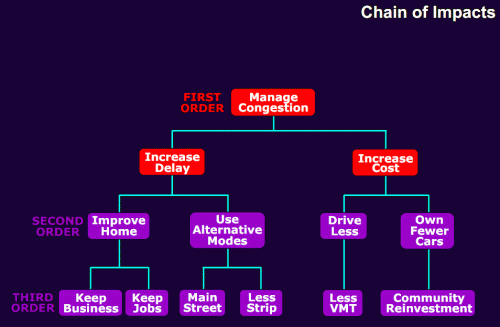About those "Rising Transit Use" Numbers
The American Public Transportation Association (APTA) argues that a 0.7 percent increase in annual transit ridership in 2013 is proof that Americans want more “investments” in transit–by which the group means more federal funding. However, a close look at the actual data reveals something entirely different.
It turns out that all of the increase in transit ridership took place in New York City. New York City subway and bus ridership grew by 120 million trips in 2013; nationally, transit ridership grew by just 115 million trips. Add in New York commuter trains (Long Island Railroad and Metro North) and New York City transit ridership grew by 123 million trips, which means transit in the rest of the nation declined by 8 million trips. As the New York Timesobserves, the growth in New York City transit ridership resulted from “falling unemployment,” not major capital improvements.
Meanwhile, light-rail and bus ridership both declined in Portland, which is often considered the model for new transit investments. Light-rail ridership grew in Dallas by about 300,000 trips, but bus ridership declined by 1.7 million trips. Charlotte light rail gained 27,000 new rides in 2013, but Charlotte buses lost 476,000 rides. Declines in bus ridership offset part or all of the gains in rail ridership in Chicago, Denver, Salt Lake City, and other cities. Rail ridership declined in Albuquerque, Baltimore, Minneapolis, Sacramento, and on the San Francisco BART system, among other places.
It looks like Chris Christie was doing his part to increase transit ridership in New York.
By the way, the phenomenon of small increases in light rail use offset by large drops in bus ridership is extremely common, almost ubiquitous. Cities build flashy prestige rail projects that cost orders of magnitude more to build and operate than bus service, and are much less flexible when the economy and commuting patterns change. Over time, bus service has to be cut to pay the bills for light rail. But since a given amount of money spent on buses tends to carry more than 10x the passenger miles than the same amount spent on light rail, total ridership drops even while spending rises. That is what is going on here.
Light rail is all about politician prestige, civic pride, and crony favoritism for a few developers with land along the route. It is not about transit sanity.

